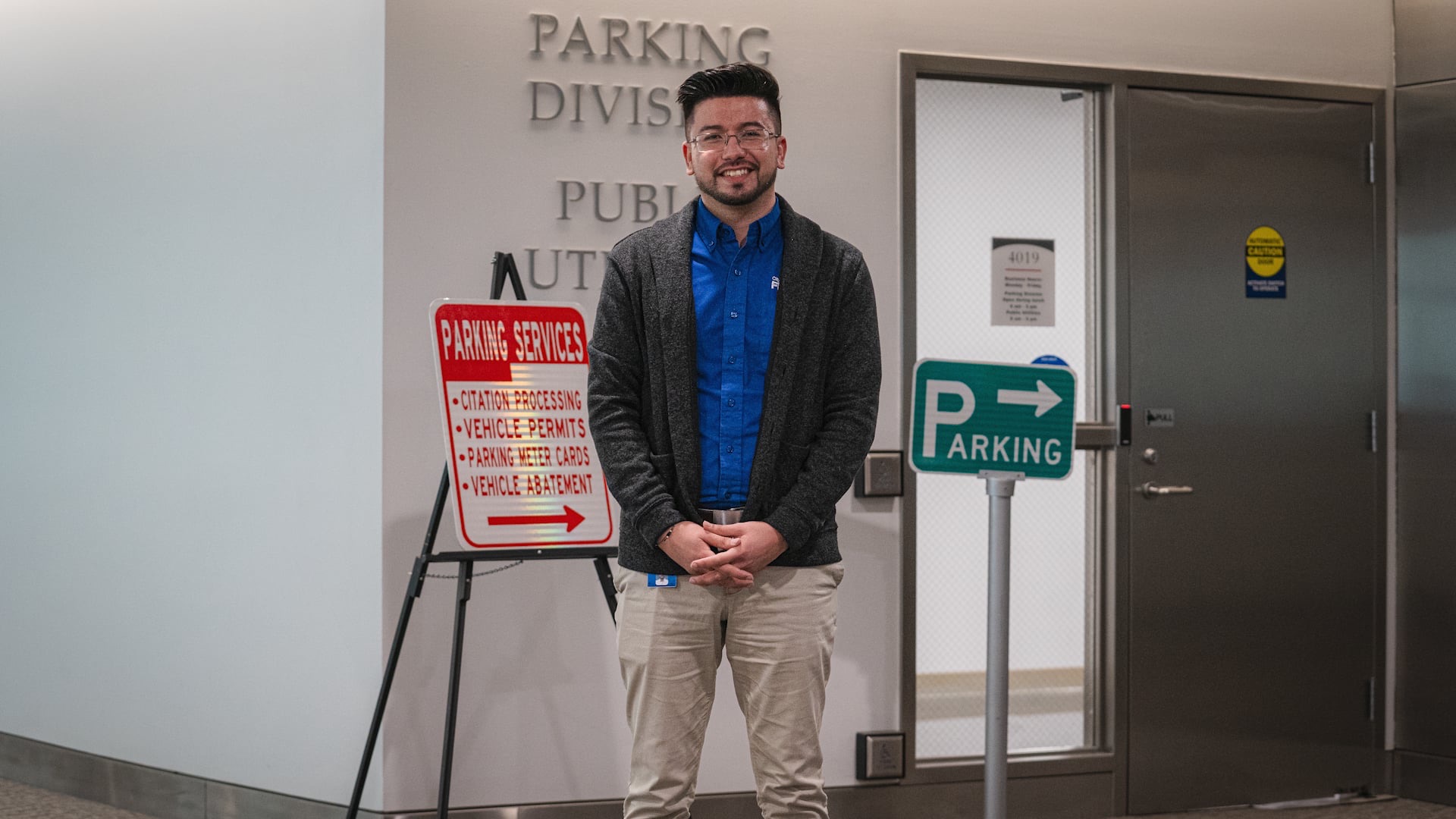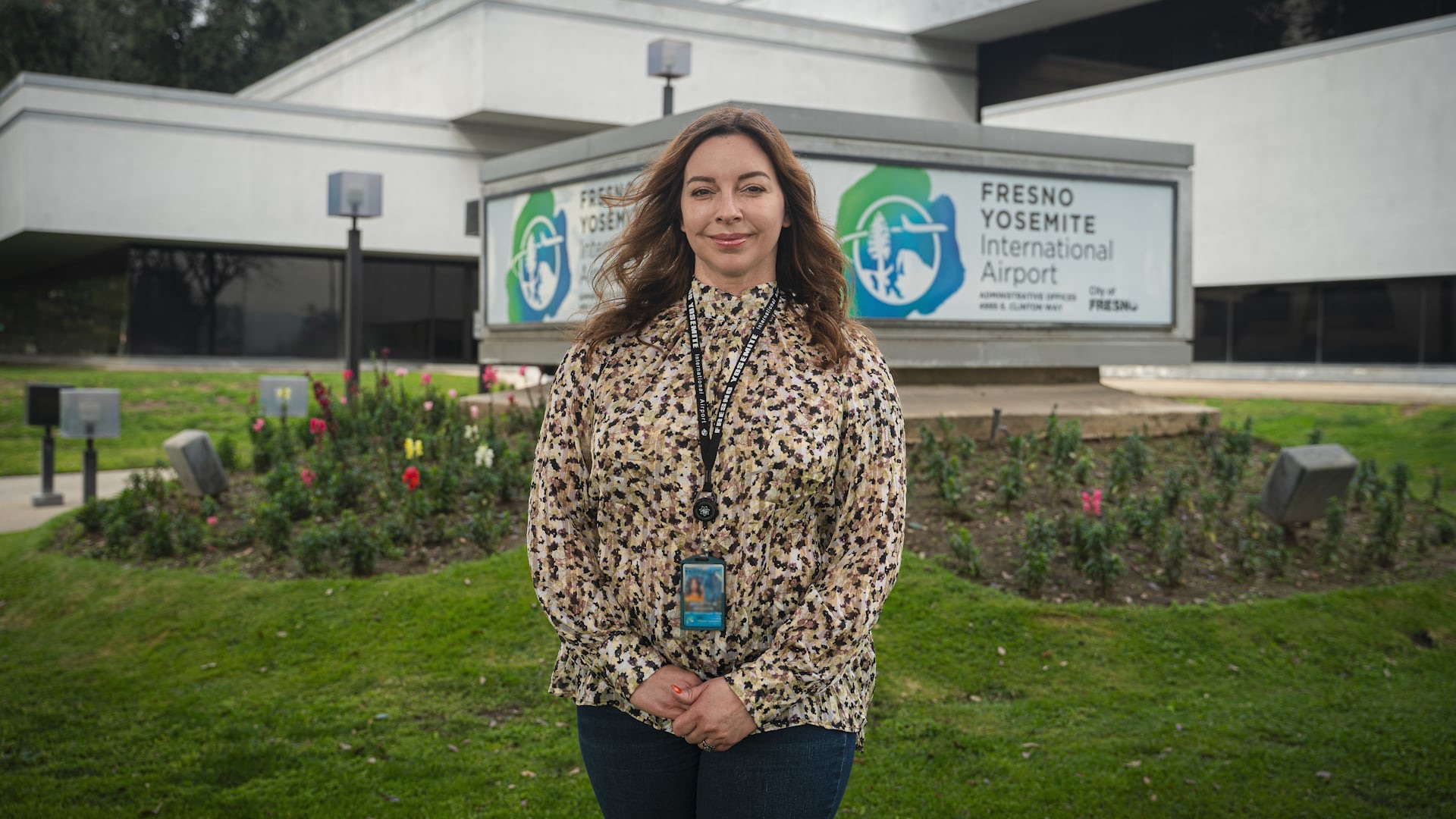-
Police
Dedicated to serving our community with honesty, compassion, and respect as we keep our citizens safe
-
Public Utilities
Providing life’s essential services of delivering high-quality drinking water, wastewater collection, and solid waste disposal
-
Finance
Quality services in Administration, Accounting and Management Studies, Business License & Tax
-
Transportation
Fresno Area Express. We want to hear from you. Please provide your comment with our page
-
Planning and Development
Get information on public and private property development happening throughout our city
-
Personnel Services
Find careers opportunities, see employee benefits, development and training
-
Parks
Public access to well-maintained green space to enjoy leisure recreation
-
City Council
The City of Fresno consists of 7 districts. See our meetings schedule and learn more
-
Mayor
Office of the Mayor. See the latest plans and initiatives we have planned for our great city
-
Public Works
Focusing on building and maintaining the critical backbone infrastructure of the city
-
Fire
The Fire Department oversees all aspects of the City’s fire related needs: from suppression and prevention to investigations and life safety education.
-
City Clerk
Provides quality customer service and connect the public with the legislative process
-
City Manager
Providing overall management and supervision, coordinating all day-to-day operations
-
City Attorney
The City Attorney’s Office represents and advises the Mayor, City Council, City boards and more
-
Economic Development
Implementing the Mayor’s vision for making Fresno a more prosperous and inclusive city
-
Information Services
Reliable and trusted source for Information Technology for the City of Fresno
-
General
ServicesProvides internal support services to all City departments
-
Budget
The Budget and Management Studies Department (BMSD) assists in financial planning and strategic management processes across the city organization
-
Capital Projects
The Capital Projects Department is focused on delivering public infrastructure projects in a timely and cost-effective manner for a variety of other City departments.
-
Fresno Animal Center
Provide state-mandated animal control services
-

Luis Rosas Torres
Published:Parking meters, permits, and citations can lead to a lot of questions – and that’s where Luis Rosas Torres steps in! His genuine attitude shines through as he works to assist drivers with their parking questions and make the process as easy as possible. Thank you, Luis! For more information regarding…
-

Brigitte Aragon
Published:If you lost something while flying out of Fresno Yosemite International Airport, don’t worry! Brigitte Aragon and her team have your back! One of her job duties is to oversee the airport’s lost and found. There were 2,000 items lost at the airport in 2023, and she works hard to unite those items with th…
-

Suki Chauhan
Published:In addition to serving in the Fresno Police Department’s Family Justice Bureau, Sgt. Sukhbir Chauhan also works to be a resource for the Punjabi community in Fresno! He helps with translations and serves as a bridge between the community and the department. Sgt. Chauhan says that families like his dream…
